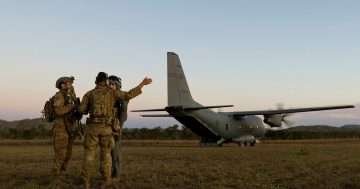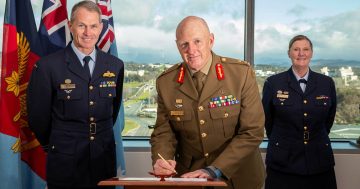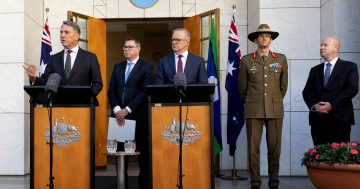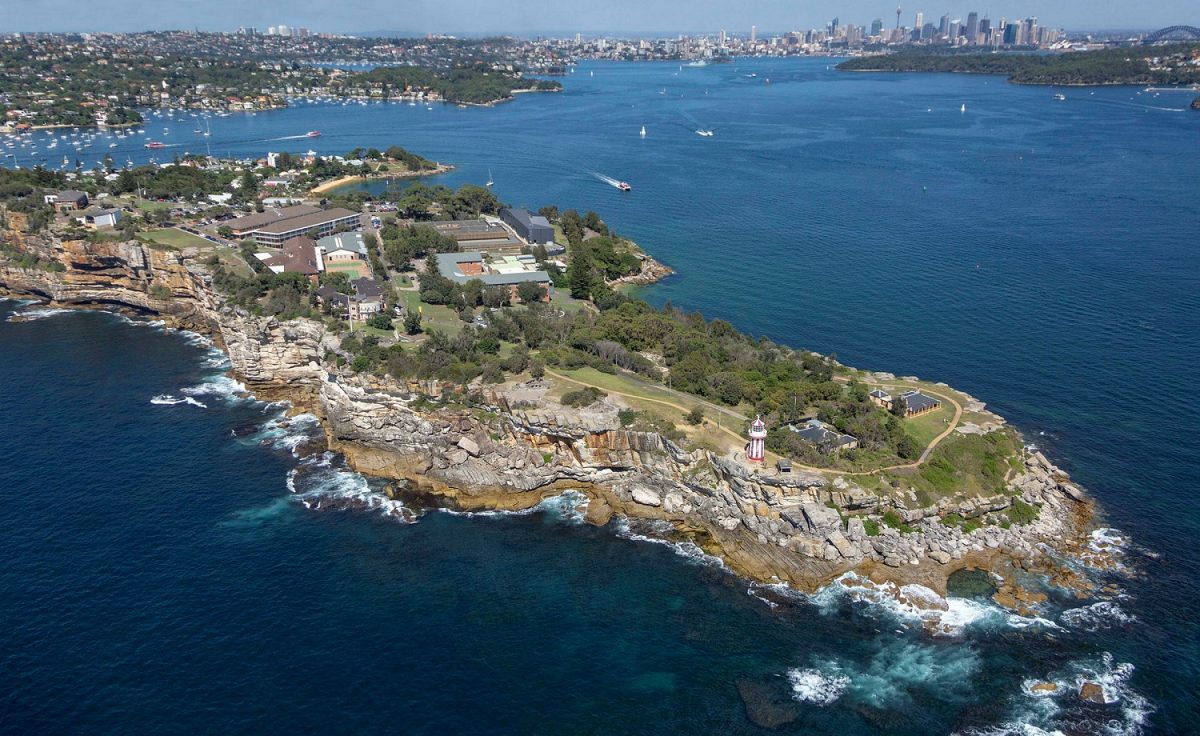
The Royal Australian Navy’s HMAS Watson training facility at Sydney’s South Head. Photo: ADF.
One of the recommendations to come out of the Defence Strategic Review (DSR), which was handed down in April, was for an enterprise-wide audit of the Defence estate to establish a new baseline of Defence’s vast property and infrastructure portfolio.
Authored by former Chief of Defence Force Sir Angus Houston and former Gillard Government Defence Minister Professor Stephen Smith, the DSR said the estate audit should be completed by the end of 2023.
To this end, on 28 August, the Government announced it had appointed Jan Mason and Jim Miller as independent leads to undertake the Defence estate audit. It said the appointments were its response to the DSR, which it says will ensure the Defence estate is best structured to support the force posture, force generation and preparedness required to respond to increasingly challenging strategic circumstances.
Deputy Prime Minister and Defence Minister Richard Marles said Ms Mason and Mr Miller bring a wealth of experience and knowledge from the public and private sectors.
“Jan Mason and Jim Miller bring the unique blend of skills and experience needed to this Audit to ensure our Defence estate meets our strategic circumstances,” he said in a statement.
“The leads were set an ambitious but necessary task and timeline by the Defence Strategic Review, but I am confident they can deliver this important piece of work.”
Ms Mason is a former managing director of Defence Housing Australia and deputy secretary of the Department of Finance, while Mr Miller is currently chair of the Infrastructure Victoria Board.
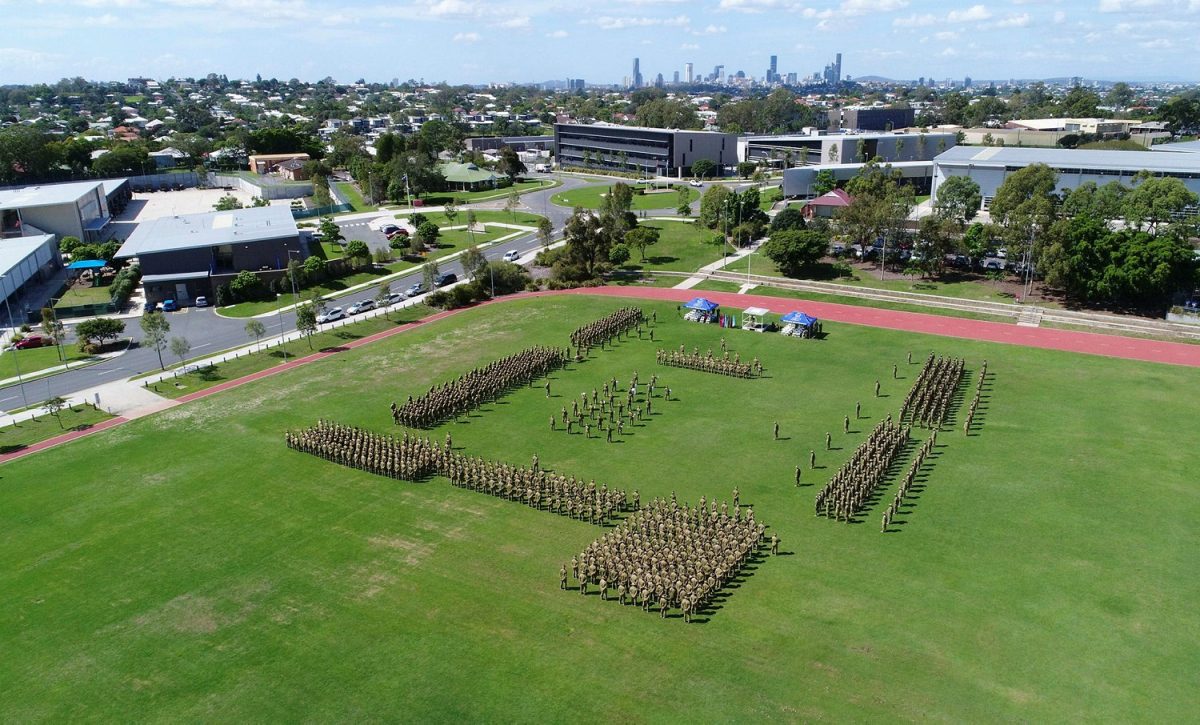
The Australian Army’s Gallipoli Barracks in Brisbane. Photo: ADF.
Assistant Minister for Defence Matt Thistlethwaite said, “The Defence estate is the Commonwealth’s largest land holding with a footprint of more than 2.8 million hectares. Maintaining such a large and diverse estate requires investment decisions based on where they will make the greatest contribution to Defence capabilities”.
“The Audit will assist in accelerating the planning and delivery of infrastructure, including greater use of innovative methods for investment,” he added.
The DSR said that, although its focus was on force posture and preparedness, “the government cannot afford to lose sight of the importance of foundational estate and infrastructure for Defence”.
It said the audit should focus on workplace health and safety, as well as the protective security of bases and that, once the audit is complete, investment must be made in the estate with priority investments focused on the northern Australian bases in the first instance.
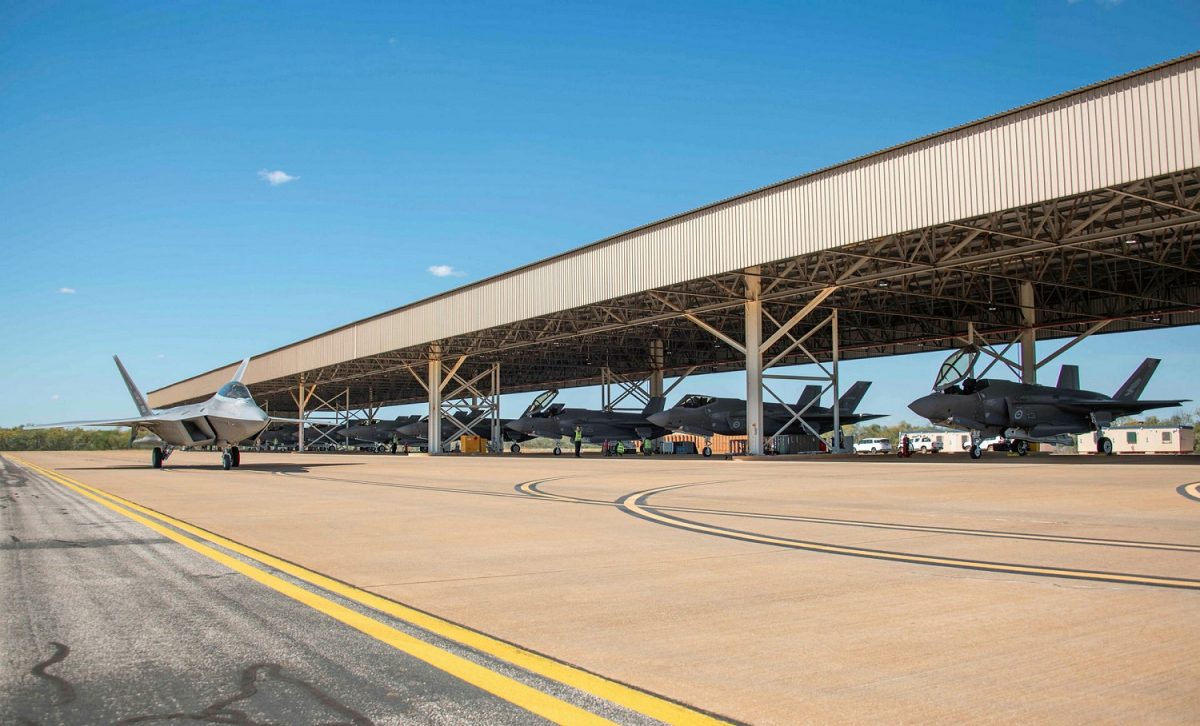
US Air Force F-22 and Royal Australian Air Force F-35A fighters at RAAF Tindal near Katherine in the NT. Photo: ADF.
A recent Australian National Audit Office (ANAO) notification of a potential performance audit into the sustainment of the Defence estate says Defence is the largest Commonwealth landholder, with $33.8 billion in land, buildings, infrastructure, plant and equipment, as well as intangibles including heritage and cultural assets.
It says there are some 700 owned and leased properties comprising 25,000 buildings and 6000 other structural assets, including critical infrastructure and facilities such as military bases, wharves, ports, airbases, training ranges, fuel and explosive ordnance infrastructure.
It says the gross replacement value of the estate is approximately $68 billion.

















